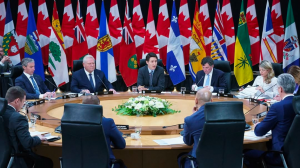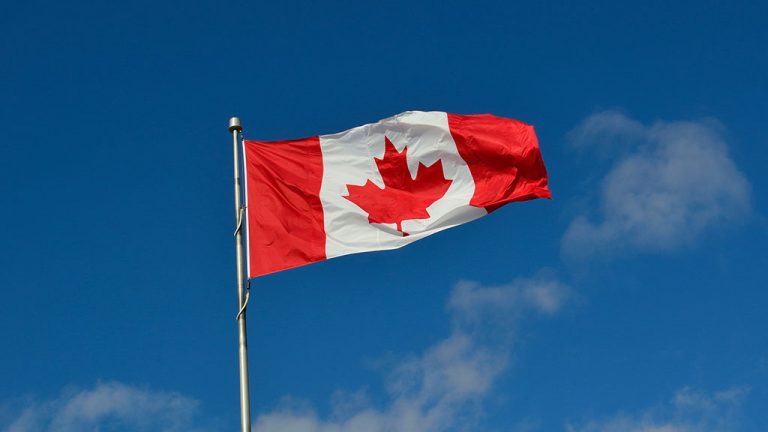Unionized workers in British Columbia lost a fight to earn overtime pay on the day of Queen Elizabeth II’s funeral after an arbitrator ruled against them.
“The parties have clearly agreed to be bound by what either the federal or provincial government declares to be holidays. I find that neither level of government chose to declare a holiday that relates to private sector employees for September 19,” reads Randall Noonan’s arbitration decision, released last month.
The United Association of Plumbers and Pipefitters, Local 170 and Millwrights Union, Local 2736 argued their workers were entitled to over-time pay based on statements declaring the Queen’s funeral a holiday from high-ranking government officials.
Prime Minister Justin Trudeau declared Sept. 19, 2022 a National Day of Mourning for the Queen’s death. Gov. Gen. Mary Simon asked Canadians set the day aside for mourning and Federal Minister of Labour Seamus O’Regan said the day would be a “holiday for federal government employees.”
The unions also cited then B.C. Premier John Horgan as saying the provincial government will “follow the lead of the federal government in observing the national day of mourning” and that a “national holiday will be observed Monday, Sept. 19 by federal employees.”
The unions further argued that several collective agreements between them and the Construction Labour Relations Association of British Columbia do not need a day to be legislatively declared in order for it to be considered a holiday.
“For example, (the collective agreement) does not require that a holiday be legislatively enacted. The union points to the ‘Friday preceding British Columbia Day’ and the ‘Friday preceding Labour Day’ as examples of days recognized by the parties as statutory holidays notwithstanding that those days are not legislatively enacted,” .
Furthering the unions’ case, the Federal Human Resources Office also issued a statement that the day of mourning “is to be administered pursuant to applicable authorities such as collective agreements.”
Following confusion that arose out of all the official statements, Local 170 sent a statement to members that despite the confusion Sept. 19 would be a holiday under the ICI Collective Agreement. However, the same statement said the 19th would not be a holiday for employees covered by other collective agreements.
Local 2736, under the Millwright Standard Agreement, told their employees Horgan’s statement qualified the day as a holiday.
The Labour Association’s counter argument was fairly simple: Neither level of government legislatively declared Sept. 19 a public holiday even though they had the tools and time to do so.
Noonan agreed with the unions on several points such as the fact that a holiday can be declared by means other than legislation ꟷ such as a proclamation ꟷ and that exceptions to statutory holidays should be narrowly construed.
Regardless, “I have concluded that the grievance must fail,” wrote Noonan, “I find that neither level of government chose to declare a holiday that relates to private sector employees for Sept. 19.”
In comparing a federally declared public holiday for the death of King George VI in 1952 and the federal proclamation in 2022, Noonan found several key differences in choice of language that sealed the deal.
“We do hereby appoint and set apart Friday, the fifteenth instant as a Public Holiday to be observed as a Day of General Mourning by all persons throughout Canada,” the government declared in the ‘50s.
The unions also cited the 1910 holiday for the death of King Edward VII, in which the federal government declared “a day of general mourning to be observed by all persons throughout the Dominion of Canada.”
But the 2022 declaration asked that Canadians “set the day aside” to mourn.
“In my view, the contrasting wording of the proclamations is not merely semantical, but rather represents a significant policy difference,” Noonan wrote.
“Had the federal government intended the day to be a holiday applying to anyone other than those in the public service of Canada, one would have expected the proclamation to use similar wording to that used in 1952 or that the prime minister’s statement would have indicated that.”











Recent Comments
comments for this post are closed